Beautiful when it flowers and highly sought after for the traditional medicine trade, this member of the Hyacinth family is one of my favourite plants both in the wild and in our garden.
In winter it is entirely dormant. The leaves wither away at the end of summer, and during the dry and colder months of the year only the papery tops of the tubers are visible. In early spring, just when I start wondering if the entirely dead-looking plant will in fact regenerate, tiny pointed cones of leaves start emerging from the centre of each tuber, gradually lengthening into a collar of leaves, from the centre of which the flower stems may start to protrude.
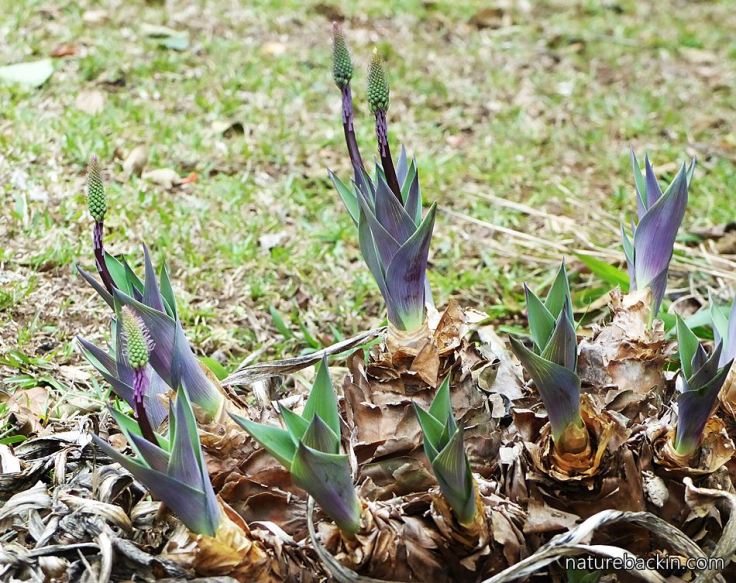
Even before being in full flower, the plant provides sculptural interest in the early spring and it is one of the first plants to show signs of life after winter dormancy
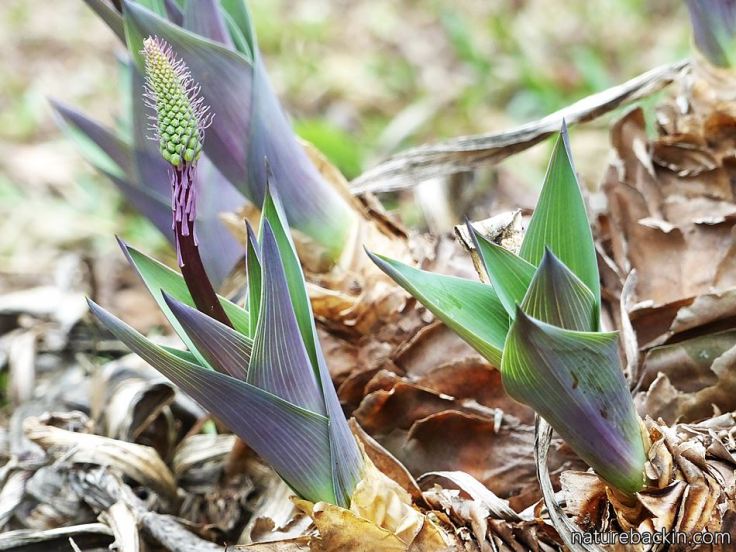
During the winter months, the dry papery scales on the tubers give no hint of the life that will emerge in the spring
The English name for these plants is Blue Squill, and I have not yet adapted to the change from its former botanical name Scilla natalensis, to the relatively recent Merwillia plumbea. But a plant by any name is just as appealing. I have posted on this plant before, but it has been so lovely this spring (after not flowering at all last year) that I thought it could sustain another post.
During the spring, little by little the flowers stalks grow longer eventually reaching about one metre in length. As the stalks lengthen the bulbs start to swell, and the pale blue flowers start to open successively from the bottom of the flowering spike.
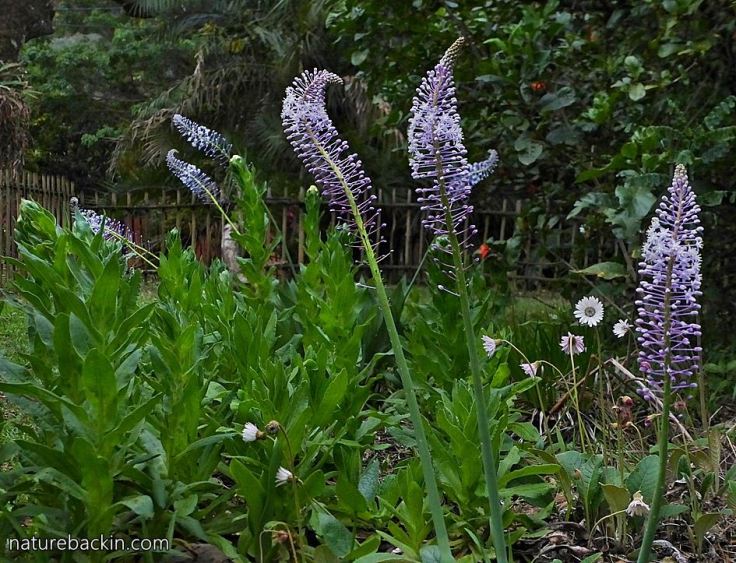
The Blue Squill flowering on long stalks in the early summer, accompanied by other grassland plants in our garden
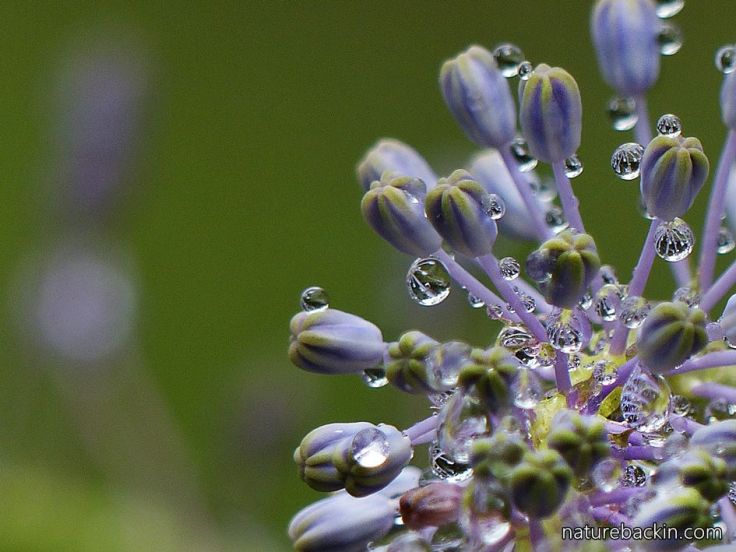
Even before the buds open, the flower heads are already attractive, especially when decorated with reflective raindrops
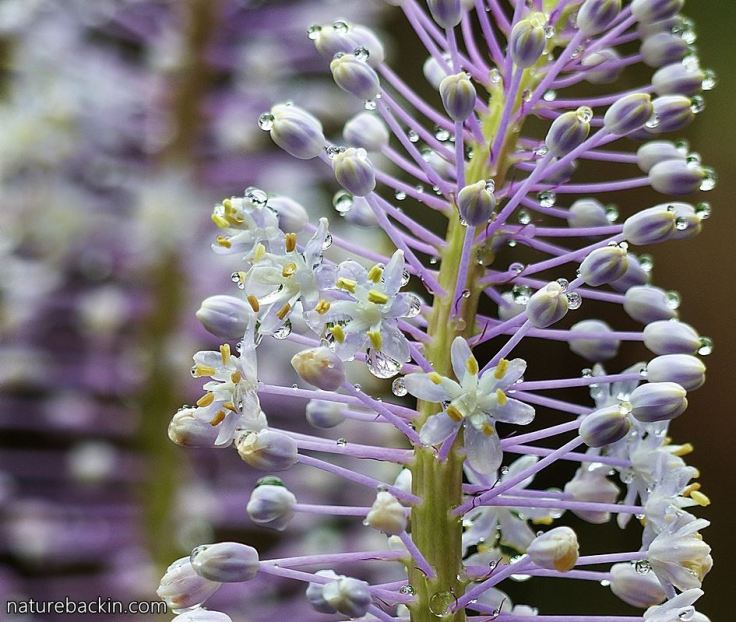
The flowers have a faint sweet scent, and the yellow pollen-laden tips to the stamens set off the white and pale blue of the small flowers that are held aloft on tiny stems
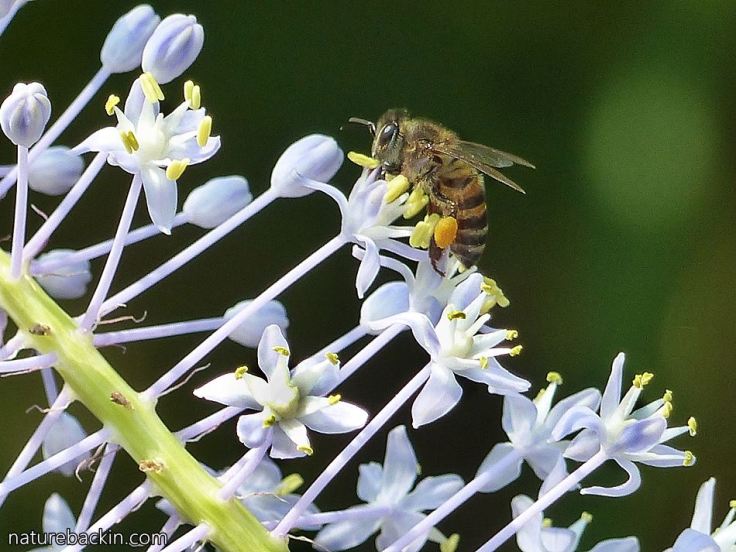
The flowers are often abuzz with honeybees and other pollinators that they attract
The status of the Blue Squill is ‘vulnerable’ as it is diminishing in the wild as a result of it being collected in large quantities for the traditional medicine trade, being one of the most heavily traded medicinal plants in KwaZulu-Natal. It is used for a variety of ailments and illnesses.
The Blue Squill “appears to have significant analgesic and antimicrobial activity” according to a post on the SANBI website, which goes on to say that “phytochemical studies have found that it contains compounds known to possess anti-inflammatory and anti-mutagenic properties” and noting that such properties “would support its use [in traditional medicine] for the treatment of strains, sprains and cancers”.
The plant is poisonous to some mammals, including sheep. Any sheep that might be tempted to eat new leaves emerging in the spring will die. When raw, the Blue Squill is also fatally poisonous to humans, and so heat is used in the careful preparation of medicines made from this plant.

As they mature, the long flower spikes often develop a graceful drooping character
The flowers of the Blue Squill usually live up to the “blue” in the name, and various forms can manifest in different shades of pale blue or violet. I have read that there is a white form, which I had not seen until on a hike in the KwaZulu-Natal Midlands last weekend, when I photographed it growing wild in uncultivated grasslands.
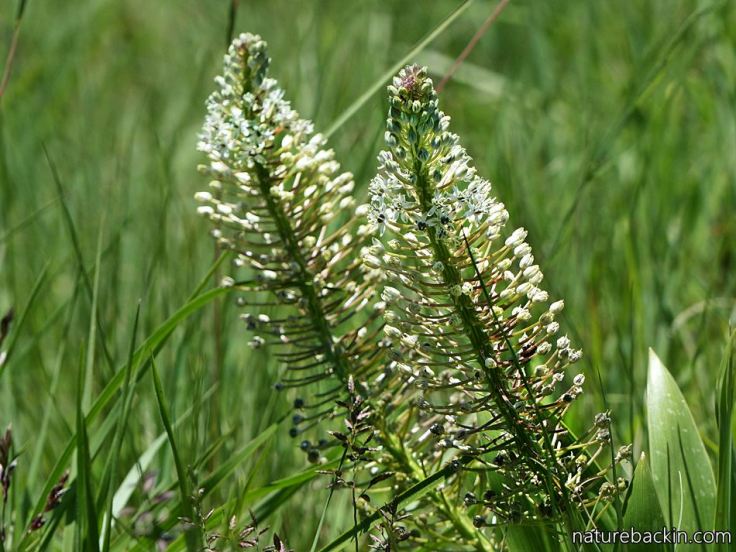
The white form growing in bright sunshine in grassland on a ridge overlooking the Lidgetton valley in the KwaZulu-Natal Midlands
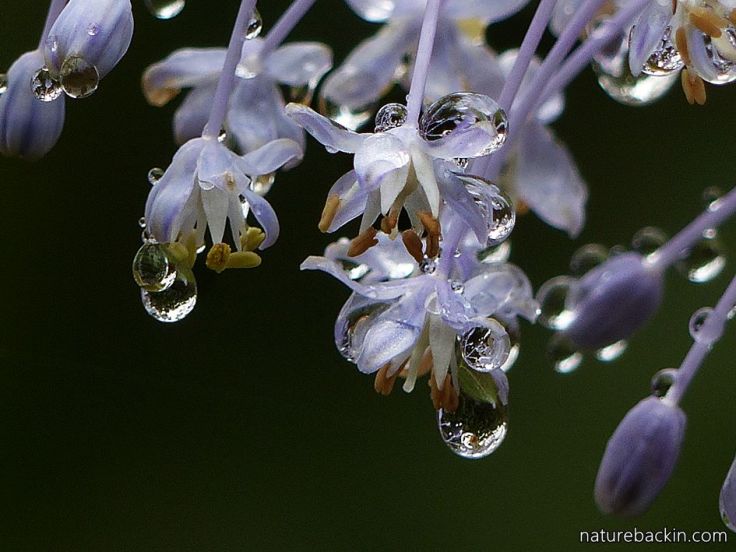
Although it was lovely to see the rather more compact white form growing wild, I do like the delicate blue of the more common forms, such as this one in our garden
Source: Notten, Alice. 2001. Merwilla plumbea. PlantZAfrica. South African National Biodiversity Institute (SANBI). http://pza.sanbi.org/merwilla-plumbea
Posted by Carol

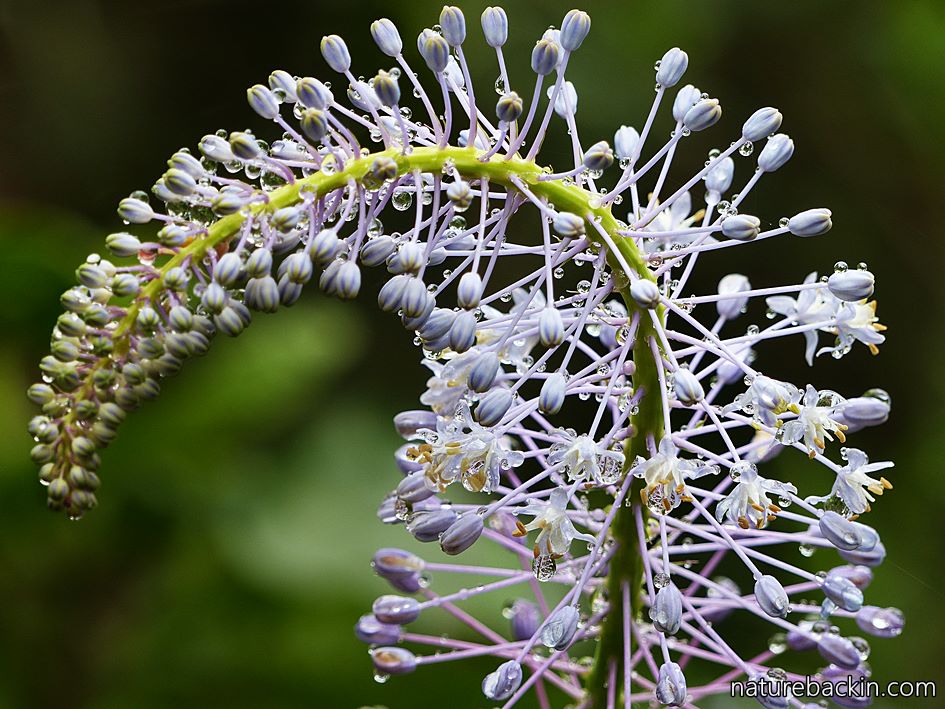







November 27, 2017 at 2:54 am
Gorgeous! I wonder if its former generic name, Scilla, comes from that creature that Odysseus had to confront in Homer’s eponymous epic? Nice that your plants are waking up as ours are going into dormancy for a long winter’s nap.
LikeLiked by 1 person
November 27, 2017 at 3:39 am
My ongoing Internet connectivity problems prevent me from looking up the Scilla 😦 The north-south counterbalance of the seasons is a good way or remembering how things change …
LikeLike
November 24, 2017 at 4:50 pm
That’s a beautiful plant, lovely photos, and great information. Thanks.
LikeLiked by 1 person
November 25, 2017 at 3:03 am
Thank you so much Graham.
LikeLike
November 24, 2017 at 3:07 pm
Your raindrops shots are extremely beautiful Carol.
LikeLiked by 1 person
November 25, 2017 at 3:03 am
Thanks Rupali, I appreciate your comment.
LikeLiked by 1 person
November 24, 2017 at 10:57 am
I so love your pictures … you are such a talented nature photographer but I also delight in learning from you. That plant is stunning in all it’s forms and you have educated me a little more. Hyacinth is familiar in my part of the world but certainly not in this exotic form!
LikeLiked by 1 person
November 25, 2017 at 2:58 am
Thanks so much Osyth. This is a lovely plant, though its scent is very subtle – not the heady scent of the hyacinth that is often sold potted as an indoor plant.
LikeLiked by 1 person
November 24, 2017 at 9:23 am
What a beautiful post!
LikeLiked by 1 person
November 25, 2017 at 2:55 am
Thanks very much.
LikeLiked by 1 person
November 24, 2017 at 5:44 am
So unlike any British springtime plant. Except perhaps for grape hyacinth. But that’s neither native nor a hyacinth. What a lovely plant – I hope it survives.
LikeLiked by 1 person
November 25, 2017 at 2:55 am
Thanks Margaret. I am wondering if the so-called grape hyacinth is that bluebell-resembling plant? (We still don’t have our usual Internet service accessible, so am having to limit what I look up online.)
LikeLike
November 24, 2017 at 4:27 am
Wow! Absolutely stunning!
LikeLiked by 1 person
November 25, 2017 at 2:48 am
Thanks Roda. It is one of my favourite favourites 🙂
LikeLiked by 1 person
November 24, 2017 at 4:01 am
I didn’t know the name had changed – I remember the Scilla natalensis well from when we lived in KZN. You have captured the beauty of this plant in an exciting way. It is lovely to see them again.
LikeLiked by 1 person
November 25, 2017 at 2:47 am
Thanks Anne. I am constantly being surprised by changes to the names of plants as well as birds! In this case, I am still fond of the old name.
LikeLike
November 24, 2017 at 3:32 am
Stunning photos, Carol. What a beautiful plant!
LikeLiked by 1 person
November 24, 2017 at 3:38 am
Thanks Eliza. Our Internet woes continue, but I hope to be visiting soon!
LikeLiked by 1 person